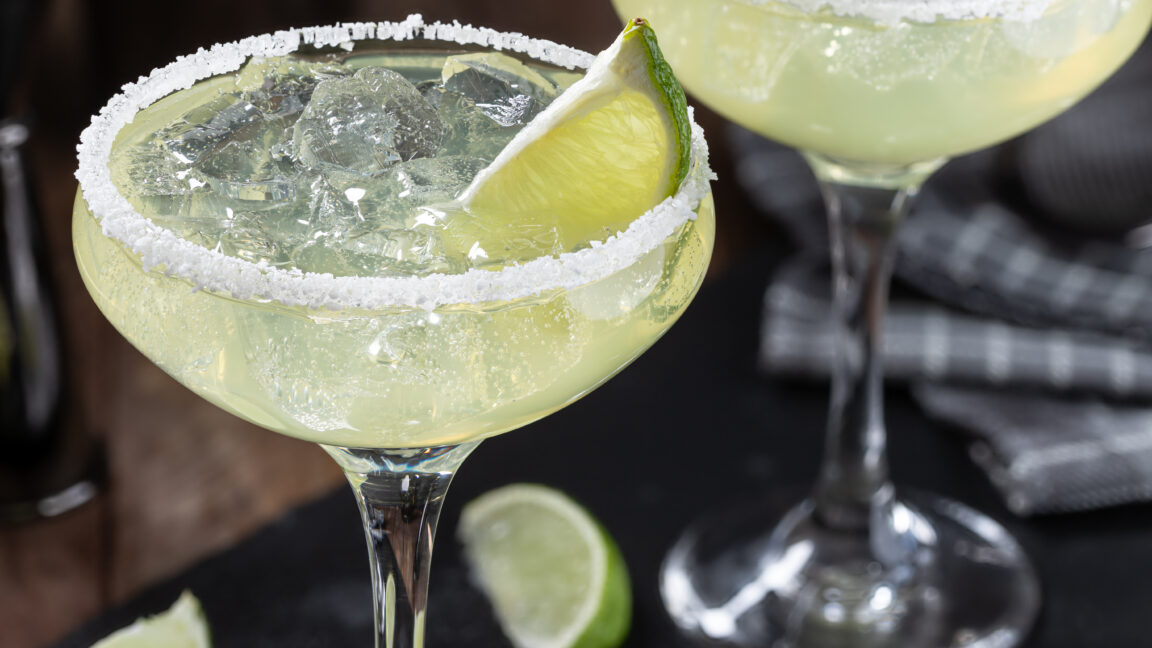Man suffers chemical burn that lasted months after squeezing limes
Lime disease Man suffers chemical burn that lasted months after squeezing limes The toxin is in more foods than you might think, including carrots, parsley, limes, and lemons. Beth Mole Nov 27, 2024 5:00 pm | 12 Margarita cocktail with ice, lime and salt rim on a black slate board Credit: Getty | chas53 Margarita cocktail with ice, lime and salt rim on a black slate board Credit: Getty | chas53 Story textSizeSmallStandardLargeWidth *StandardWideLinksStandardOrange* Subscribers only Learn moreIf Margaritaville were a real place, it should definitely keep a few dermatologists on hand.In a case of an oft-overlooked food preparation risk, a 40-year-old man showed up to an allergy clinic in Texas with a severe, burning rash on both his hands that had two days earlier. A couple of days later, it blistered. And a few weeks after that, the skin darkened and scaled. After several months, the skin on his hands finally returned to normal.The culprit: lime juice and sunlight.It turns out that just before developing the nasty skin eruption, the man had manually squeezed a dozen limes, then headed to an outdoor soccer game without applying sunscreen. His doctors diagnosed the man's rash as a classic case of phytophotodermatitis, according to a case report published Wednesday in the New England Journal of Medicine.The condition is caused by toxic substances found in plants (phyto) that react with UV light (photo) to cause a burning, blistering, scaling, pigmented skin condition (dermatitis). Credit: New England Journal of Medicine, 2024 Specifically, the toxic chemicals are furocoumarins, which are found in some weeds and also a range of plants used in food. Those include celery, carrot, parsley, fennel, parsnip, lime, bitter orange, lemon, grapefruit, and sweet orange. Furocoumarins include chemicals with linear structures, psoralens, and angular structures, called angelicins, though not all of them are toxic.Furocoumarins can enter skin cells, and for those that are phototoxic, become activated by exposure to ultraviolet light. The light causes the chemicals to form cross-linking bonds with the pyrimidine bases in DNA. This ties the double-stranded genetic material together, halting replication, which in turn leads to cell death and inflammation.Though it's likely not top-of-mind for most cooks, the phenomenon has been noted for centuries. For instance, in ancient Egypt, people who experienced loss of skin pigment (vitiligo) would treat the condition by covering their skin with the juice of false bishop's weed (Ammi majus) and then lying in the sun to darken their skin. The weed contains two psoralen derivates that can darken sick upon exposure to UV light. But, it's a risky treatment as too much psoralens and/or too much light can easily cause a harsh case of phytophotodermatitis.Once the painful reaction occurs, treatment includes drugs that can ease the inflammation. The man in the NEJM case was treated with a topical steroid cream and lotion. Still, it took months for a full recovery. Of course, now that he knows, if he gets a lime burn again, there's no one else to blameit's his own fault.Beth MoleSenior Health ReporterBeth MoleSenior Health Reporter Beth is Ars Technicas Senior Health Reporter. Beth has a Ph.D. in microbiology from the University of North Carolina at Chapel Hill and attended the Science Communication program at the University of California, Santa Cruz. She specializes in covering infectious diseases, public health, and microbes. 12 Comments Prev story


